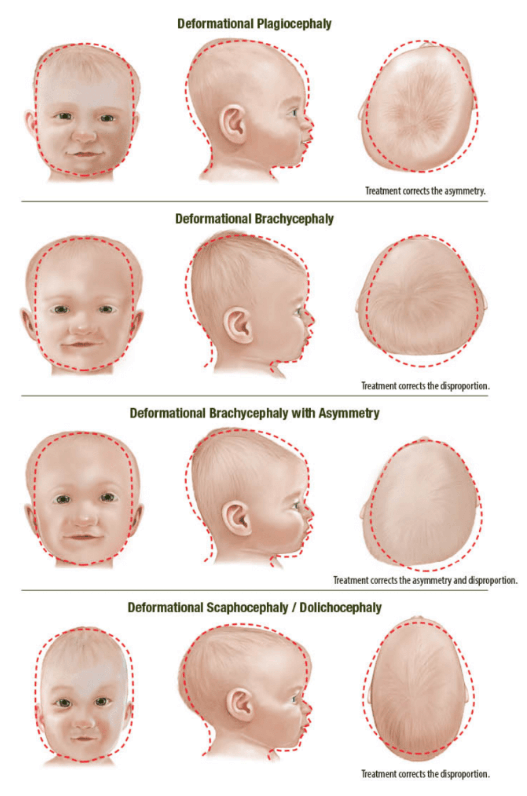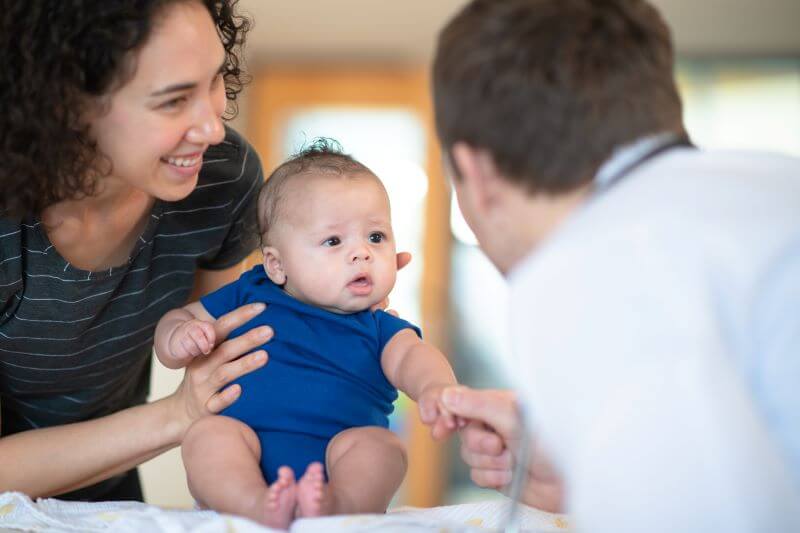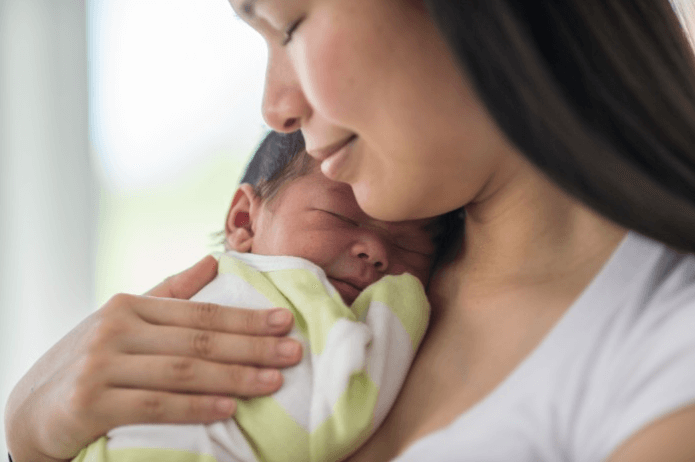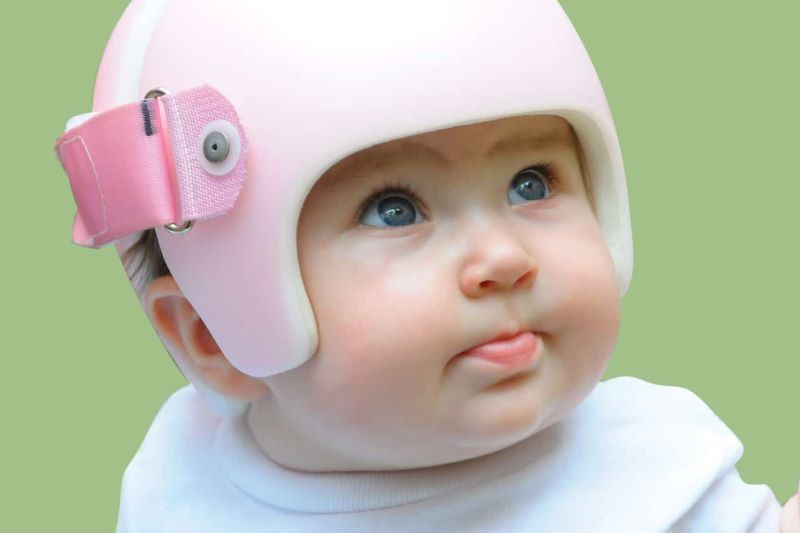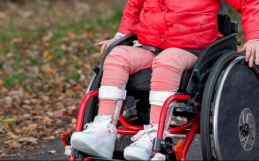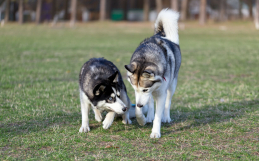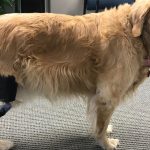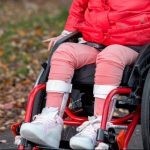Cranial remolding helmets, also known as cranial remolding orthoses, are special devices that are worn by infants to reshape the skull and improve the appearance of the head shape.
Have you been told that your baby may require helmet therapy? Continue reading for an overview of the determinations for a baby to receive a cranial remolding helmet and the care and maintenance of the helmet.
Which medical conditions require that a baby wear a cranial remolding helmet?
There are several medical conditions that require a baby to wear a cranial remolding helmet. The most common of these conditions are plagiocephaly, brachycephaly, and scaphocephaly.
Plagiocephaly
Also known as “flat head syndrome”, Plagiocephaly is a condition where one side of the baby’s head is flattened, often caused by a preference for lying on one side of the head. This can happen when a baby’s head is in the same position for prolonged periods of time, such as when they are sleeping or sitting in a car seat. Plagiocephaly can also be caused by a cramped prenatal position (twins) or congenital conditions such as torticollis, tight neck muscles on one side of the neck.
Brachycephaly
Brachycephaly is a condition where the back of the baby’s head is flattened, and the forehead appears prominent. This can be caused by the infant’s head being in the same position for prolonged periods of time, or the baby may be born with this condition due to the cramped prenatal position of twins, or the manner in which the children exit the birth canal.
Scaphocephaly
Scaphocephaly is a condition where the baby’s head is elongated and narrow. This can be caused by early fusion in the growth plates of a child’s skull, and it can sometimes require surgery by a cranial specialist.
Image Source: Orthomerica
If your baby’s head shape is showing signs of plagiocephaly, brachycephaly, or scaphocephaly, it is important to seek the advice of a pediatrician. The doctor will be able to conduct a physical examination and determine if a referral to a craniofacial team is necessary.
Evaluation and Diagnosis of Head Shape
When a baby has head shape deformities, the Orthotist will conduct a physical examination and a 3 Dimensional Optical Scan of the head to determine if a helmet is recommended. During the examination, the Certified Orthotist will look at the shape and symmetry of the baby’s head, as well as the baby’s range of motion at their neck to see if Torticolis is present.
It’s important to note that not all babies with cranial asymmetry will require a cranial helmet and, in some cases, the condition may resolve on its own. A helmet will be recommended based on the severity of the cranial deformities and the age of the baby.
Can you fix a baby’s head shape without a helmet?
Non-helmet treatment options, such as repositioning techniques, can be effective in correcting a baby’s head shape. The following suggestions can help to give the flat surface of the skull the ability to correct without the use of a helmet:
Increase Tummy Time
Newborns should have daily supervised tummy time. This will decrease the amount of time they sleep on their back and the change in the baby’s head position will help to strengthen their neck muscles.
Hold Your Baby More Often
Pressure is often caused by spending time in car seats or swings for long periods of time. Holding a baby upright while cuddling can help to relieve pressure on the flat spot of the head.
Breast or Bottle Feed from Both Sides
Switching up the position of how a baby feeds can also help to reduce pressure on the flattened side.
If you have not seen an improvement in the flattened spot of the head by the time your baby reaches six months of age, contact us to arrange for a scan, assessment, and next steps.
Cranial Remolding Helmet Therapy
Image Source: Orthomerica
Cranial remolding helmet therapy is the most common treatment option for babies with plagiocephaly, brachycephaly, or scaphocephaly. The helmet is worn by the baby typically between three to four months, for 23 hours a day. It’s important to follow the instructions given by the Certified Orthotist regarding the frequency of helmet wear and any other necessary care.
The helmet works by allowing proper growth of the skull in the areas that require correction. At Applied Biomechanics, we assess, complete optical scans, evaluate, and fit custom cranial remolding helmets to fit the baby’s head. We are certified to fit both Traditional STARband Cranial Remodelling Orthosis (Helmets) and 3D Printed Talee Cranial Remodelling Orthosis (Helmets). We provide regular follow-up and rescanning appointments to monitor the reshaping process and provide any necessary adjustments as the baby grows during follow-up visits at our office.
Cranial remolding helmets are non-invasive and don’t cause pain or discomfort for the baby.
In very rare cases, surgery may be necessary for conditions involving early fusion of the cranial sutures.
Care and Maintenance of a Cranial Remolding Helmet
Image Source: Orthomerica
Once your baby has been fitted with a cranial remolding helmet, it’s important for you and other caregivers to follow the instructions for proper care and maintenance of the helmet.
The helmet should be cleaned and disinfected daily to prevent any buildup of bacteria. The hard outer shell can be wiped clean using a damp cloth and the inside of the cranial helmet can be cleaned with isopropyl alcohol. Remember not to submerge the helmet or get it excessively wet.
Image Source: talee
At Applied Biomechanics, our team of clinical, technical, and support staff are here to guide you through the process of getting a custom-made cranial remolding orthosis for your child’s head. Please contact us for more information. We will be happy to assist you.


